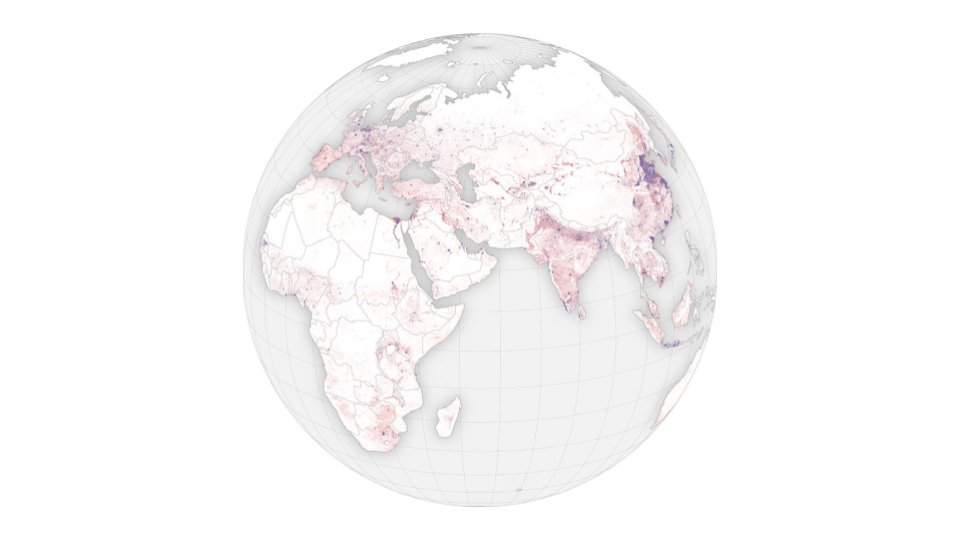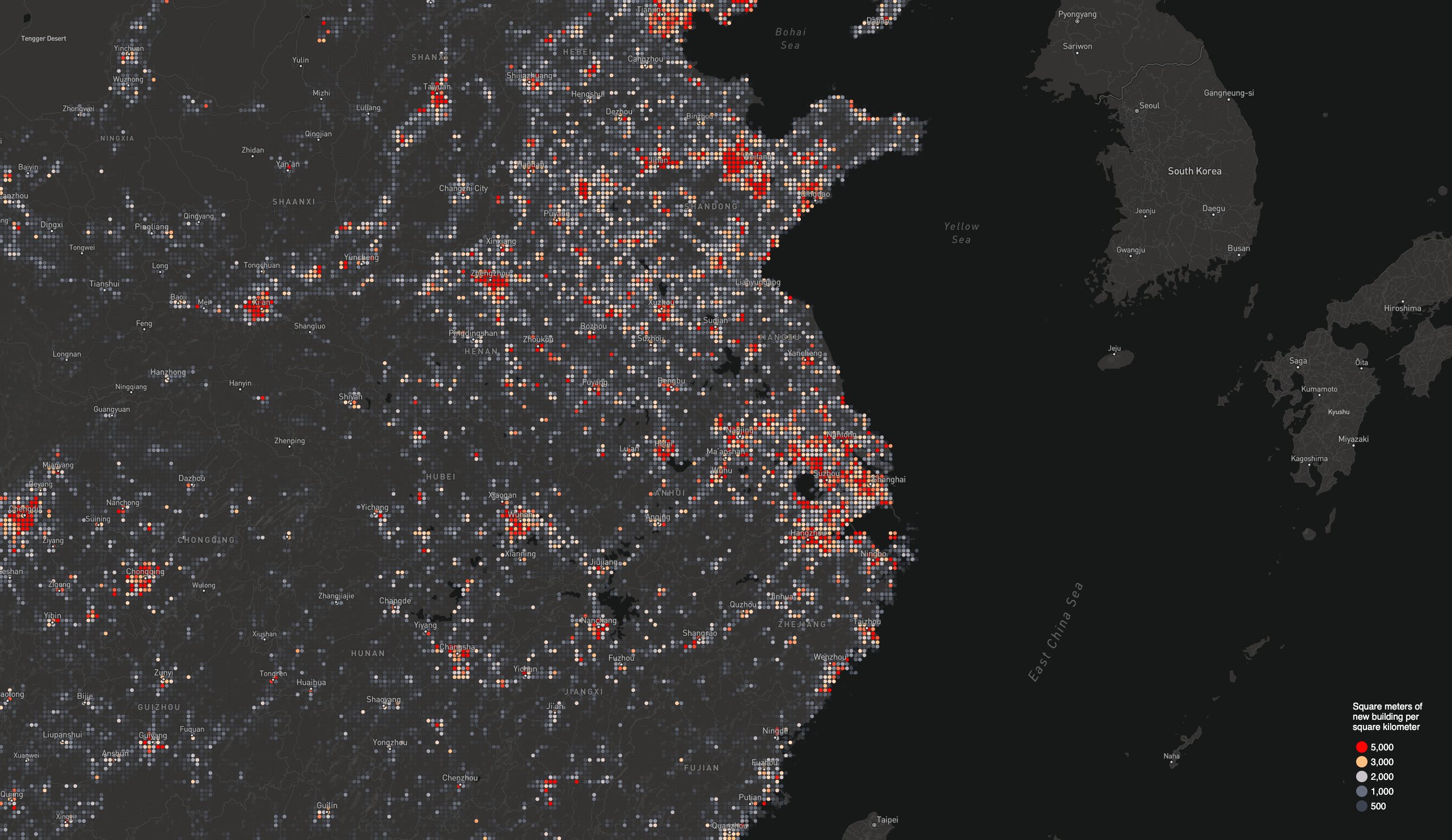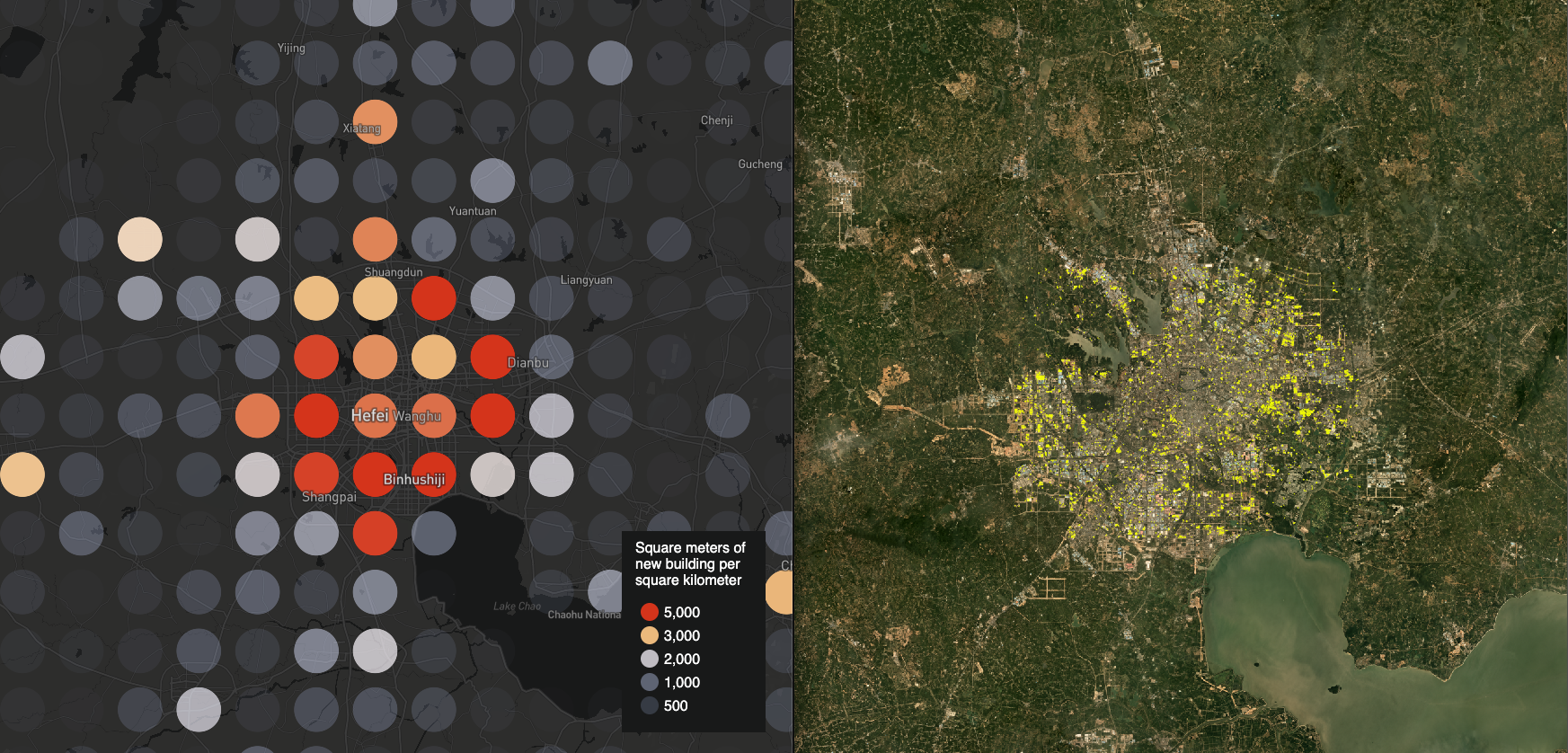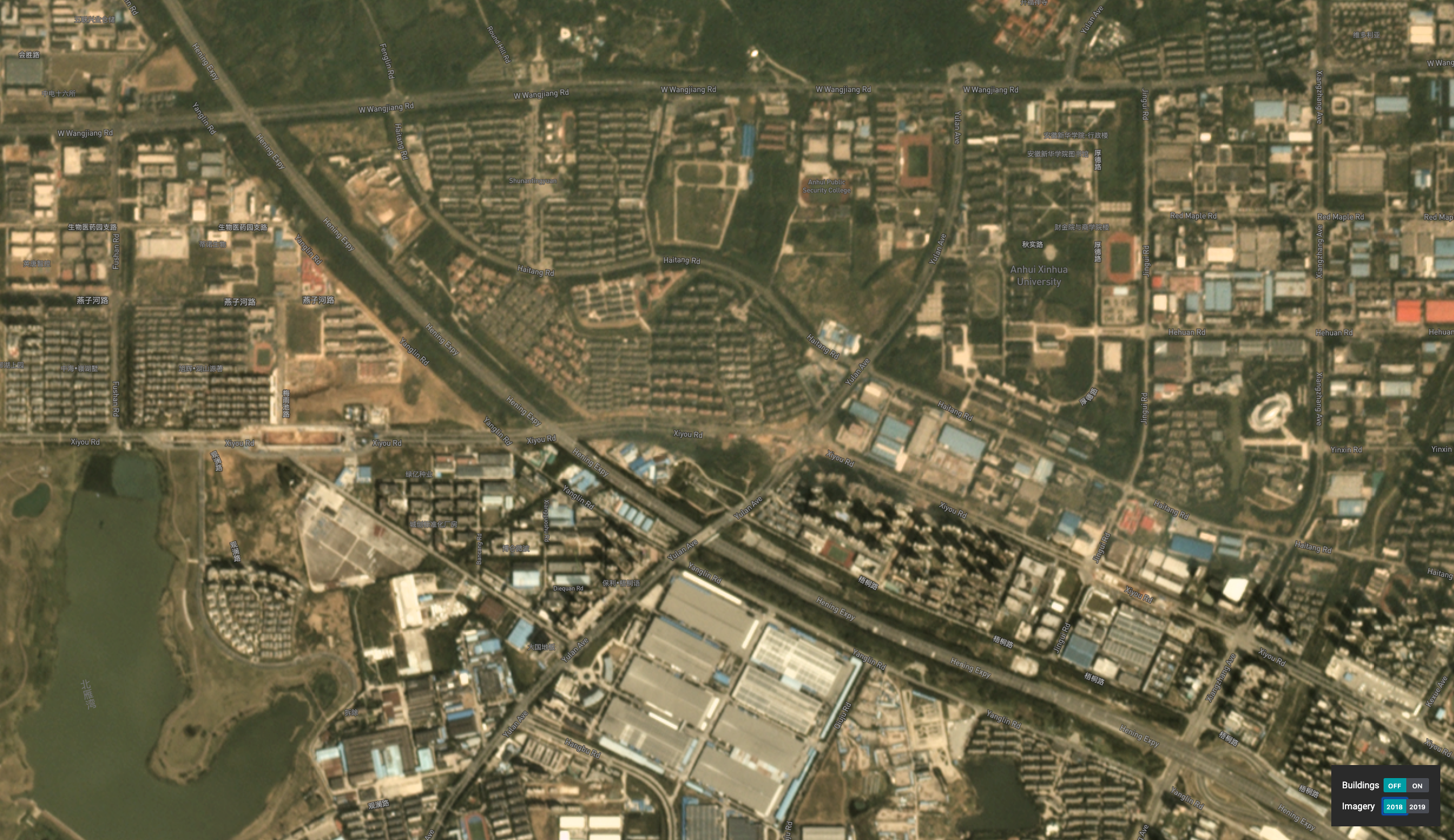Working Toward Planetary Scale Location Insights
Recent innovations in agile aerospace have created unique offerings in high cadence satellite imagery. While this is of immense interest to imagery analysts, a significant portion of GIS professionals and geo-data scientists work less with raster data (AKA imagery) and more with point and vector data. Planet operates the world’s largest constellation of earth observation satellites providing near-daily coverage of the entirety of Earth’s landmass. Over the past couple of years, we have been working on bringing computer vision and spatiotemporal analysis to market to enable access and data transformations on this rich imagery archive. We recently announced the general availability of our analytic feeds and the launch of our building change detection analytics in private beta (sign up for info here).
In this article, I will describe the process of using machine learning and automation for the purposes of going from satellite imagery (raster) to vector data. This results in data usable by geo-data scientists to explore and serve business insights. I will also aim to showcase a few specific technical capabilities that currently put this process into practice.
Data Transformations: Getting to Vector Data
Roads and buildings constitute a class of features in satellite imagery that are resolved effectively and discernible at 3-6m resolution. By using modern advances in supervised learning, with access to archived global imagery, one can create building extraction capabilities that are performant across varying terrain, environmental conditions and surface context. One such product capability is the road and building detection as a service, served at monthly cadence from Planet, called Planet Analytics Feeds. Earlier this year, we mapped all of the world’s roads and buildings using this capability. You can read more about the effort here.

Above is a map of all the roads and buildings on Earth. To our knowledge, it is the most complete and up to date map of these features ever created. It reveals details not available in popular mapping tools, in both industrialized cities and rural settlements. Built from a diversely sampled training set, the model produces quality results across a wide variety of terrains, densities and land cover types. © 2019, Planet Labs Inc. All Rights Reserved.
The time series of monthly building detection footprint rasters exhibit a noise component, arising from shadows and atmospheric variability. When studying building change detection over fast growing cities in Africa earlier this year (see research study here), we encountered this variability over the period of the study. This limited the temporal cadence over which building change detection could be surfaced with a reasonable confidence. We have been working to develop a building change detection capability that enables smooth consistent temporal analysis on Planet’s building footprint rasters, simply put, denoising the rasters. We also convert the high confidence change detections into polygons.

Above is the processing flow going from imagery to building change. The monthly basemap capability enables us to generate monthly building detection rasters. We denoise these rasters by running a temporal inference model on the series to generate a consistent state feed. Successive rasters from the state feed can be differentiated to create a change feed raster that can be processed through vector simplification to serve change vectors. This allows us to perform large scale change detection, mapping building growth over entire countries and identifying building growth over specific cities over time.
Here are some examples:

Here is an indication of building change density over all of urban China © 2019, Planet Labs Inc. All Rights Reserved.

Building change detection over the East Coast of China, home to the big cities © 2019, Planet Labs Inc. All Rights Reserved.

Imagery of the fast growing city of Hefei, China indicating an outward expansion with accumulated area that has been built up; the built up area is shown in yellow on the visual basemap © 2019, Planet Labs Inc. All Rights Reserved.

This animation is indicative of month-to-month building growth over the city of Yangzhou, China from Sept 2018 – Sept 2019 © 2019, Planet Labs Inc. All Rights Reserved.
Going from Spatial Feeds to Location Insights
The above methods get us from imagery to a vectorized change feed, serving geospatial change information aggregated to a regular cadence. This is one of the collection of commercial and public feeds used by geo-data scientists to generate actionable insights. This data can be effortlessly imported to a geopandas dataframe and analyzed using open source data analysis tools in python and R. A building detection change feed can be used to monitor macroeconomic trends within villages, cities and countries. It can be used to track sustainable development using measures of land consumption rate.
I’ll be walking through a few examples of geospatial data exploration at a training workshop session at the Open Data Science Conference (ODSC2019) on November 1st in San Francisco. If geospatial imagery, geodata streams and spatial insights are of interest to you, reach out to me at gopal@planet.com and I hope to see you there!








